Disclosure: This article contains affiliate links. We may earn a commission from purchases at no extra cost to you, which helps our travel content.
The moment our small helicopter banked over the emerald hills surrounding Kigali, I knew this journey would be different from my usual medical missions. My work typically takes me to remote villages with basic accommodations, but this time, I was trading my midwifery supplies for binoculars and hiking boots. As someone who bridges two worlds—healthcare and wilderness—Rwanda offered a perfect parallel: a country healing from its past while protecting its natural treasures. This one-week luxury escape from Kigali to Volcanoes National Park isn't just a vacation; it's a masterclass in conservation, cultural renaissance, and sustainable luxury that any couple seeking connection with each other and the natural world should experience at least once. ¡Qué maravilla! The privilege of looking into the amber eyes of a mountain gorilla while staying in accommodations that rival the world's finest hotels is something that will redefine your understanding of meaningful travel.
Kigali: A City Reborn in Elegance
Kigali defies every outdated stereotype about African capitals. Clean, organized, and remarkably safe, Rwanda's heart pulses with innovation while honoring its complex history. I spent two full days here, and it wasn't nearly enough.
The Kigali Genocide Memorial should be your first stop—not because it's pleasant (it isn't), but because understanding Rwanda's past is essential to appreciating its present miracle. The memorial is expertly curated, balancing unflinching truth with dignity for the victims. I've witnessed birth and death in my profession, but standing in those rooms, surrounded by photographs of the lost, I felt a particular kind of reverence that only comes in spaces where humanity's greatest wounds are acknowledged.
Afterward, I recommend shifting to celebration of life at the Inema Arts Center, where Rwanda's contemporary creative renaissance unfolds through vibrant canvases and sculptures. What struck me most was how many artists incorporate themes of healing and reconciliation—something I connect with deeply from my work helping mothers bring new life into communities rebuilding after conflict or disaster.
For accommodations, The Retreat by Heaven is exceptional. This boutique hotel blends luxury with sustainability in a way that feels authentic rather than performative. My room featured handcrafted furniture by local artisans, organic toiletries, and a private garden where I could enjoy morning coffee while hummingbirds performed aerial acrobatics around flowering plants.
Dining in Kigali deserves special mention. At Heaven Restaurant (connected to the hotel), I enjoyed a farm-to-table dinner featuring ingredients sourced from women's cooperatives around Rwanda. The grilled tilapia with African spices and banana flower salad paired perfectly with South African Chenin Blanc. For an even more exclusive experience, book the chef's table at Fusion Restaurant in The Marriott, where Rwandan ingredients meet French technique in a sublime cultural conversation.
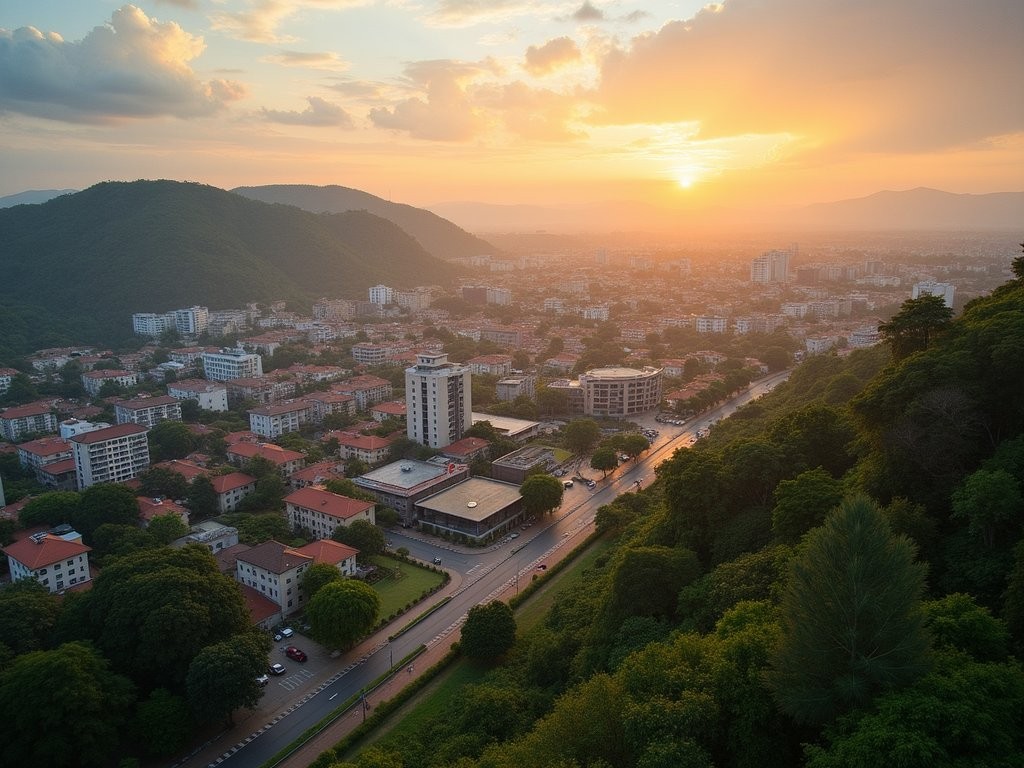
💡 Pro Tips
- Visit the Genocide Memorial early in your trip to understand Rwanda's context and remarkable recovery
- Book The Retreat by Heaven well in advance—with only 11 rooms, this sanctuary fills quickly
- Take a private city tour with Thousand Hills Africa for insider access to artisans and hidden cultural sites
The Journey to Volcanoes National Park: Rwanda's Scenic Splendor
The three-hour drive from Kigali to Volcanoes National Park is a visual feast that deserves to be savored, not rushed. While helicopter transfers are available (and admittedly spectacular), I chose the scenic route by private vehicle to witness Rwanda's countryside transformation.
My driver, Emmanuel, provided cultural context as we passed through small villages where women balanced impossible loads on their heads with perfect posture. The landscape transitions from the ordered urban grid of Kigali to terraced hillsides that reminded me of the remote areas of Chiapas where I've provided maternal care—except here, the infrastructure was remarkably developed.
"Those terraces are our solution to farming on slopes," Emmanuel explained. "Each level grows different crops—beans, corn, potatoes—all without machinery. It's all done by hand."
As we gained elevation, the temperature dropped noticeably, and I was grateful for my packable down jacket which compressed small in my daypack but provided perfect warmth for the mountain climate. If you're visiting during the rainy season (March-May or October-November), I'd also recommend waterproof hiking boots and quick-dry clothing.
We stopped at a viewpoint overlooking Lake Kivu, its vast surface reflecting clouds like a natural mirror. Emmanuel produced a thermos of locally-grown coffee, and we sipped the rich brew while watching fishermen in traditional wooden boats cast nets into the deep blue waters.
"In my work," I told Emmanuel, "I often have to navigate difficult terrain to reach mothers in remote areas. But rarely is it this beautiful."
He smiled knowingly. "Rwanda is called 'The Land of a Thousand Hills' for good reason."
The final approach to the national park entrance reveals the massive, dormant volcanoes that form the natural border between Rwanda, Uganda, and the Democratic Republic of Congo. These ancient sentinels harbor the endangered mountain gorillas and a complex ecosystem that supports them. As we rounded the final bend, the cone of Mount Muhabura emerged from the clouds, and I felt that familiar tingle of anticipation that comes before any wilderness encounter.
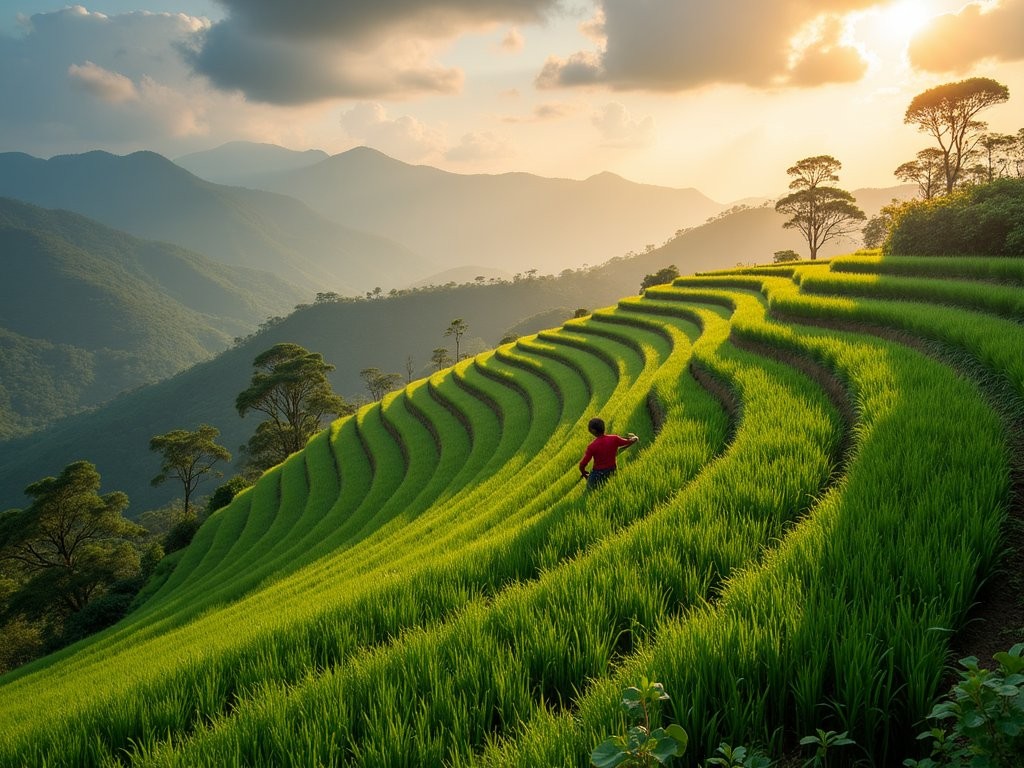
💡 Pro Tips
- Request stops along the journey—local markets and viewpoints offer authentic glimpses into rural Rwandan life
- Bring a quality camera with zoom lens to capture the stunning landscapes and wildlife
- Pack for significant temperature changes—mornings can be quite cool while afternoons warm considerably
Gorilla Tracking: A Profound Wilderness Encounter
There are wilderness experiences, and then there are encounters that fundamentally shift your perspective. Tracking mountain gorillas belongs firmly in the latter category.
The morning begins early at Bisate Lodge, where staff deliver freshly brewed Rwandan coffee to your villa at 5:30 AM. After a hearty breakfast featuring local fruits and organic eggs, we departed for park headquarters where trackers and guides assembled the small groups that would visit different gorilla families.
Our briefing was thorough—maintain 7 meters distance, speak only in whispers, no flash photography, and if a gorilla approaches you, crouch down, avoid eye contact, and trust the guides. As a healthcare provider who's helped deliver hundreds of babies, I'm comfortable with protocols, but these were designed for an entirely different kind of encounter.
"Remember," our lead guide Françoise said, "we are guests in their home."
The trek itself varies dramatically depending on which gorilla family you're assigned. Some can be reached in under an hour; others require challenging hikes of 3-4 hours each way. My experience tracking the Hirwa family involved a moderate two-hour hike through bamboo forest and dense undergrowth, where my hiking gaiters proved invaluable against the mud and stinging nettles.
Françoise communicated with advance trackers via radio, adjusting our route as the gorillas moved. Then suddenly, she raised her hand for silence. We rounded a bend in the narrow trail, and there they were—sixteen members of the Hirwa family, including two silverbacks, several females, and infants of various ages.
The dominant silverback sat majestically amidst the vegetation, tearing bamboo shoots with powerful hands that could easily crush a human skull yet were gentle enough to groom an infant. A mother nursed her baby while maintaining eye contact with me—a connection between mammals that transcended species. As a midwife who's witnessed countless mother-infant bonds, this moment resonated deeply.
What surprised me most was their acceptance of our presence. After acknowledging us with brief glances, they simply continued their daily activities—eating, playing, resting—while we observed in reverent silence. The hour passed too quickly, each minute a privilege that justified every dollar of the expensive permit.
Returning to the lodge, mud-splattered but spiritually elevated, I understood why this experience commands such a premium price. It's not just about seeing gorillas; it's about recognizing our connection to these critically endangered relatives whose existence hangs by the thread of conservation efforts funded largely by ecotourism.
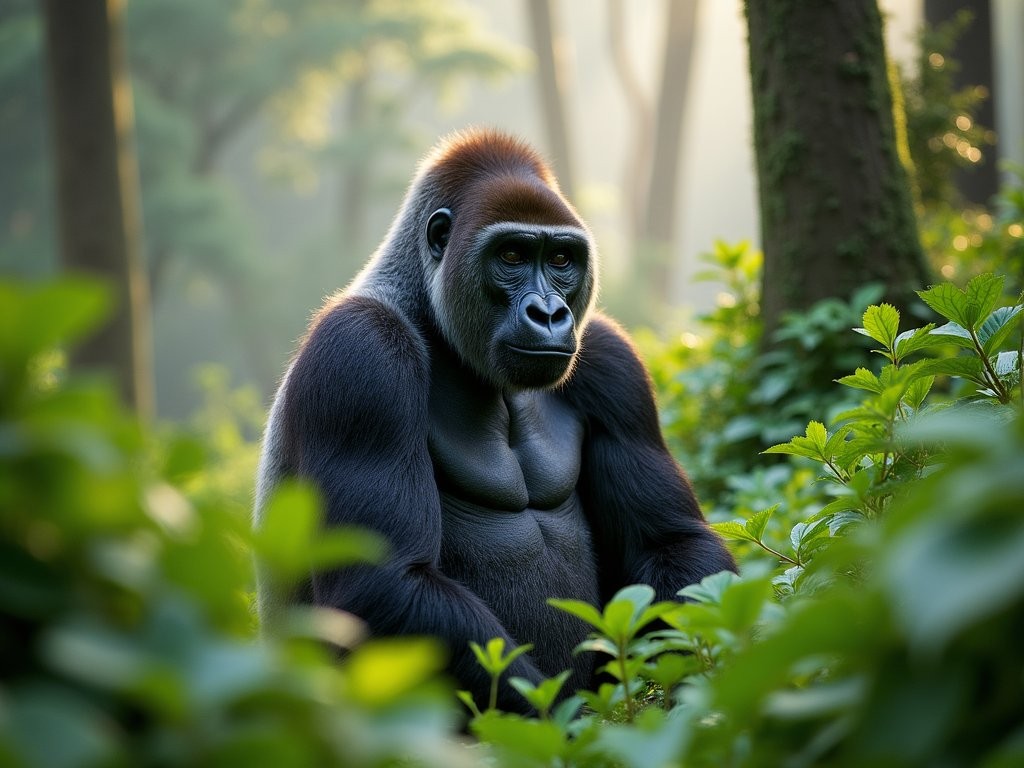
💡 Pro Tips
- Hire a porter (about $20) even if you think you don't need one—it provides valuable employment and they're incredibly helpful on steep, muddy sections
- Practice using your camera before the trek—you'll want quick, silent operation without flash
- Bring twice the water you think you'll need, especially during dry season when trails are dusty
Luxury Accommodations: Conservation Through Comfort
In my travels providing healthcare to remote communities, I've slept in everything from jungle hammocks to yurts. The luxury lodges surrounding Volcanoes National Park exist in an entirely different dimension of comfort, yet surprisingly, they serve a crucial conservation purpose.
Bisate Lodge, where I stayed, represents the pinnacle of sustainable luxury. Operated by Wilderness Safaris, this property demonstrates how high-end tourism can directly support conservation. Each of the six forest villas is an architectural marvel—spherical structures inspired by traditional Rwandan design, perched on a hillside with panoramic views of the volcanoes.
My villa featured a bedroom, sitting area, and bathroom larger than many city apartments. Floor-to-ceiling windows framed the volcanic landscape like living artwork, while a fireplace (lit nightly by staff) warded off the mountain chill. The attention to detail was extraordinary—handcrafted furniture, volcanic stone accents, and textiles created by local cooperatives adorned every space.
What impressed me most was the lodge's integration of luxury with genuine conservation impact. The staff explained how Bisate has planted over 100,000 indigenous trees to reforest former agricultural land, creating habitat corridors for wildlife. They've also established community projects supporting local healthcare initiatives—something that resonated deeply with my midwifery background.
Dining at Bisate deserves special mention. Executive Chef Bryan prepares sophisticated farm-to-table cuisine that showcases Rwandan ingredients through a global lens. One memorable dinner featured slow-roasted pork belly from a community-supported farm, served with heirloom vegetables grown in the lodge's gardens and paired with South African wines. The communal dining setting encouraged conversation with other guests—conservation researchers, photographers, and travelers from across the globe—creating an atmosphere of shared purpose and appreciation.
For those seeking even more exclusive accommodations, One&Only Gorilla's Nest offers an alternative luxury experience closer to park headquarters. Their private pools and spa treatments provide welcome relief after gorilla trekking, though I found Bisate's more intimate scale and conservation focus better aligned with my values.
Each night, returning to my villa, I'd sit on my private deck with a glass of wine, watching the light change on the volcanoes while contemplating the day's experiences. These moments of reflection—luxurious yet meaningful—embodied what makes Rwanda's high-end tourism model so effective: by creating extraordinary value, it generates the resources needed to protect extraordinary places.
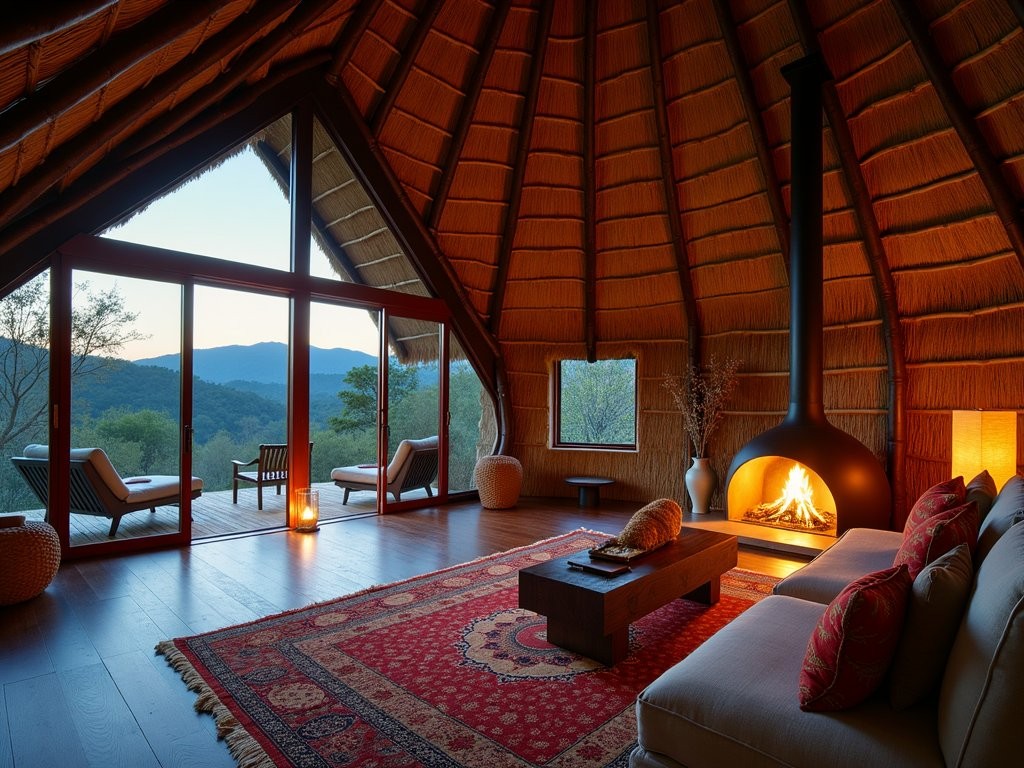
💡 Pro Tips
- Book at least 6 months in advance for prime accommodations like Bisate Lodge
- Pack smart casual attire for dinners—the atmosphere is sophisticated but not formal
- Request a villa higher on the hillside at Bisate for the best views of the volcanoes
Beyond Gorillas: Cultural Immersion and Conservation Initiatives
While mountain gorillas rightfully claim the spotlight, Rwanda offers profound experiences beyond wildlife encounters. As a healthcare provider who values cultural context, I made time for community connections that enriched my understanding of conservation's human dimension.
The Iby'Iwacu Cultural Village near the park boundary offers an interactive introduction to traditional Rwandan life. Unlike contrived tourist shows I've encountered elsewhere, this community-based initiative feels authentic because it's operated by former poachers who found sustainable alternative livelihoods through tourism. They demonstrate traditional medicine practices, dance, music, and craft-making with genuine pride. When they explained how plant-based remedies were used for childbirth, I shared some parallels with traditional Mexican midwifery techniques my mother practiced—a cross-cultural moment that transcended the typical tourist experience.
For a deeper conservation perspective, arrange a visit to the Dian Fossey Gorilla Fund's Ellen DeGeneres Campus. This state-of-the-art research facility continues Fossey's legacy through scientific research, anti-poaching efforts, and community education. The interactive exhibits provide context for understanding gorilla behavior you might observe during trekking, while presentations by Rwandan researchers showcase local leadership in conservation science.
One afternoon, I participated in Bisate Lodge's community tree-planting initiative. Alongside local farmers who partner with the lodge, I helped plant native saplings that will eventually expand gorilla habitat. My guide, Joseph, explained how these farmers receive compensation for converting agricultural land back to forest—an economic incentive that aligns conservation with community benefits.
"Before tourism," Joseph explained as we patted soil around a young Hagenia sapling, "the only value these forests had was for timber or farmland. Now, standing trees are worth more than cut ones."
For couples seeking meaningful engagement, I recommend visiting the Gorilla Doctors headquarters in Musanze town. This remarkable veterinary team monitors and treats wild gorillas when necessary, performing medical interventions that parallel my own work in remote healthcare delivery—except their patients are considerably less cooperative! Their presentation on preventative health measures and emergency interventions showcases the sophisticated conservation infrastructure that tourism dollars support.
My binoculars proved invaluable not just for gorilla trekking but for bird watching around the lodge grounds, where over 200 species have been recorded. Even as a casual observer, I spotted sunbirds, turacos, and raptors while enjoying morning coffee on my deck—another dimension of Rwanda's biodiversity beyond its famous primates.
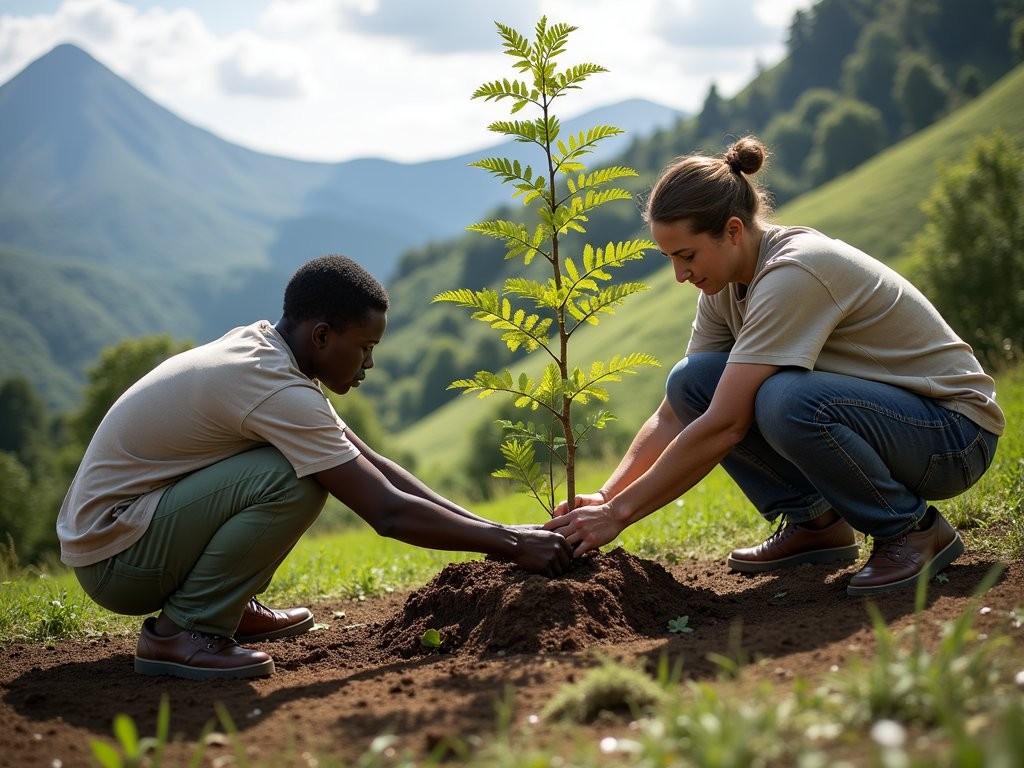
💡 Pro Tips
- Schedule cultural activities for days between gorilla treks to allow physical recovery
- Bring small denominations of US dollars for purchasing crafts directly from artisans
- Ask your lodge to arrange private meetings with conservation researchers for deeper insights into their work
Final Thoughts
As our helicopter lifted off from Kigali, banking once more over those thousand verdant hills, I reflected on how Rwanda has transformed tragedy into triumph through a remarkable commitment to conservation, reconciliation, and sustainable development. This journey—from the renaissance of Kigali to the profound silence of a gorilla encounter—offers couples an opportunity to experience luxury with genuine purpose. In my work as a midwife in remote communities, I've learned that true connection comes through shared vulnerability and authentic presence. Rwanda offers exactly this: moments of awe that remind us of our place in the natural world, cultural exchanges that transcend differences, and conservation successes that inspire hope. ¡Vale la pena! The investment in this experience—both financial and emotional—returns dividends in perspective that will enrich your relationship and worldview long after you've returned home. Rwanda isn't just a destination; it's a masterclass in what's possible when we commit to protecting what's precious.
✨ Key Takeaways
- Rwanda's luxury tourism model directly funds conservation efforts that are saving mountain gorillas from extinction
- Balance urban exploration in Kigali with wilderness immersion for a complete understanding of Rwanda's transformation
- Engaging with community initiatives and conservation projects adds meaningful dimension beyond wildlife viewing
- The high cost of gorilla permits ($1,500) creates sustainable conservation funding while limiting visitor impact
📋 Practical Information
Best Time to Visit
June-September (dry season) and December-February (short dry season)
Budget Estimate
$10,000-15,000 per person for 7 days including luxury accommodations, gorilla permits, and helicopter transfers
Recommended Duration
7 days (2 in Kigali, 5 at Volcanoes National Park)
Difficulty Level
Moderate - Gorilla Trekking Requires Reasonable Fitness

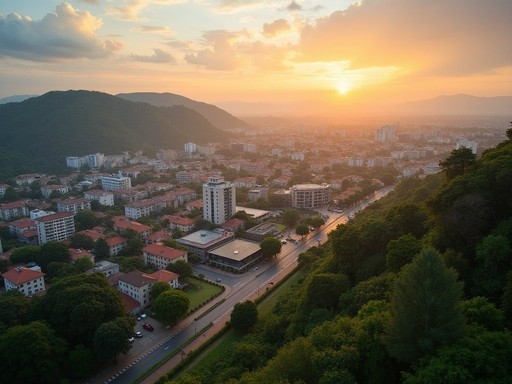






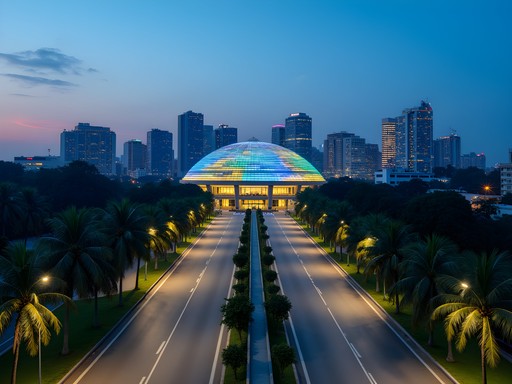
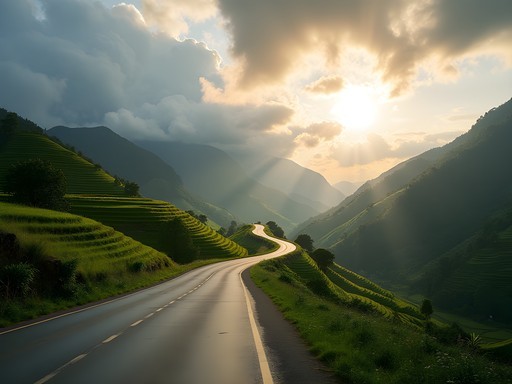

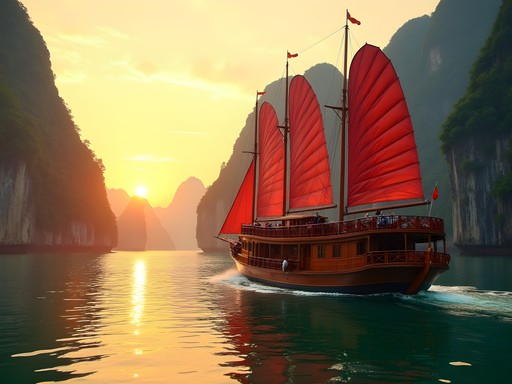


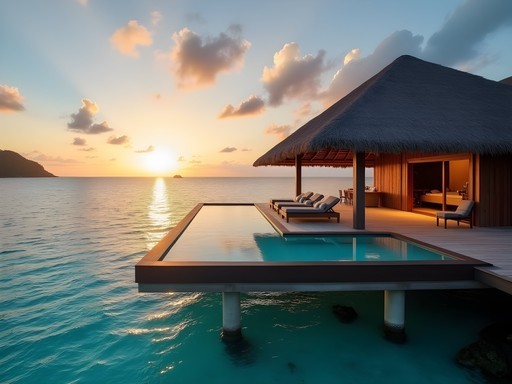
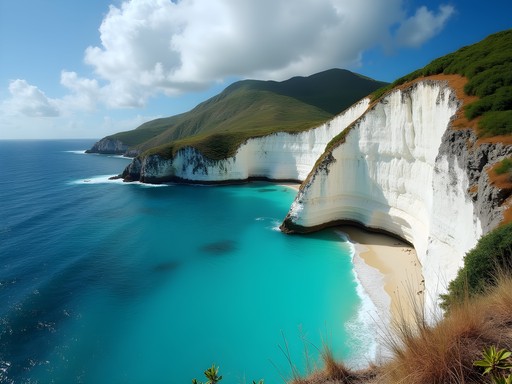
Comments
smartchamp
Great post! How physically demanding was the gorilla trek? My wife and I are in our 50s and reasonably fit but not hardcore hikers. Also, was the helicopter transfer worth the splurge?
Sean James
Hi @smartchamp! The physical demand varies depending which gorilla family you're assigned. Some are closer to the park boundary, others deeper in. They can arrange an easier trek if you request it. As for the helicopter - absolutely worth it for the time saved and the incredible views, but the drive is beautiful too if you prefer to save on budget. The guides are fantastic either way!
smartchamp
Thanks Sean! That's really helpful. Think we'll drive one way and splurge on the helicopter return. Can't wait!
Haley Hamilton
Sean, your post brings back such vivid memories! I did Rwanda last year, though definitely not the luxury helicopter route (backpacker here!). The public buses between Kigali and Musanze were actually quite decent, though nothing compares to those aerial views you captured. The gorilla trek was worth every penny of that permit fee - I still get emotional thinking about sitting just meters away from a mother gorilla cradling her baby. Did you visit the Dian Fossey tomb? That hike was almost as memorable as the gorilla encounter for me. And Kigali's transformation is incredible - the genocide memorial is heartbreaking but essential to understanding the country's resilience. I used my waterproof daypack during the trek which was a lifesaver in that sudden downpour we experienced!
smartchamp
Haley, how far in advance did you book your gorilla permit? I've heard they sell out months ahead.
Haley Hamilton
@smartchamp I booked mine about 8 months in advance through the RDB website. Definitely don't wait - especially if you're planning to go during peak season (June-September)!
explorelegend
Those photos of the gorillas are absolutely incredible! What an experience that must have been. Rwanda is definitely on my bucket list now.
Sean James
Thanks @explorelegend! It was truly life-changing. The moment you lock eyes with a silverback, everything else just falls away. Hope you get to experience it someday!
springrider
Planning this exact trip for August! How many days would you recommend staying in Kigali vs. at the national park? And is the helicopter transfer worth the splurge compared to driving?
Sean James
I'd say 2 full days in Kigali and 3-4 at the park is ideal. The helicopter is spectacular but pricey (~$1000/person) - the drive is beautiful too and only about 2.5 hours. Worth considering both options based on your budget!
oceanseeker
Jumping in to agree with Sean - the drive lets you see more of rural Rwanda which I loved. But if you can swing the helicopter... those views!
springrider
Thanks both! Think I'll drive one way and fly back - best of both worlds!
waveclimber
Those photos of the gorillas are incredible! Bucket list trip for sure.
Fatima Sims
Sean, your post transported me back to my own Rwanda journey last spring! The contrast between Kigali's polished modernity and the wild majesty of the volcanoes region is something I still think about weekly. For anyone planning this trip, I'd add a visit to the Kigali Genocide Memorial - heartbreaking but essential to understanding Rwanda's incredible resilience. And pack layers for gorilla trekking! I was sweating during the hike up but freezing when we stopped to observe. My quick-dry hiking pants were perfect for the changing conditions. Sean, did you manage to visit any of the golden monkey troops while you were there?
Sean James
Fatima - great point about the Genocide Memorial. It provides crucial context for everything you experience afterward. And yes to layers! I unfortunately didn't have time for the golden monkeys this trip, but it's on my list for next time.
waveclimber
Thanks for the layering tip! Adding that memorial to my itinerary now.
oceanseeker
Sean, your helicopter ride over those emerald hills sounds INCREDIBLE! I visited Rwanda last year but took the scenic drive from Kigali to Volcanoes - totally different experience but equally magical. Those mountain gorillas though... life-changing, right? Still can't believe how close they let us get. Did you stay at Bisate Lodge too? That place was next level luxury in the middle of nowhere!
Sean James
Thanks @oceanseeker! The helicopter was a splurge but worth every penny for the views. And yes, the gorilla experience is impossible to put into words, isn't it? I actually stayed at Singita Kwitonda - their conservation work is impressive.
oceanseeker
Ooh, Singita was my second choice! Heard their farm-to-table dining is amazing. Did you get Francois as your gorilla guide? That man is a legend!
Bryce Diaz
Sean, your helicopter approach brought back memories of my solo trip last year! I splurged on a similar experience after spending three weeks backpacking through Uganda. The contrast was striking. What really impressed me about Rwanda beyond the gorillas was the cleanliness - even remote villages have monthly community cleanup days (umuganda). Did you notice how plastic bags are completely banned? The environmental consciousness extends far beyond the national parks. I still dream about that morning mist over the volcanoes... there's something magical about sipping coffee on your lodge balcony while watching the clouds part to reveal those peaks. Did you visit any of the crater lakes while you were there?
wanderlustway
How far in advance did you book the gorilla permits? I've heard they sell out quickly.
Sean James
I booked about 8 months ahead through my lodge. In peak season (June-September), I'd recommend booking a year in advance to be safe!
hikingclimber
For anyone planning this trip, don't underestimate the altitude! Volcanoes NP sits at 2,500-3,000m and the treks go even higher. I got hit with mild altitude sickness despite being in decent shape. Spend at least 2 days in Kigali first to acclimatize and bring proper hiking boots - those slopes are slippery even in dry season. The gorilla permits are expensive but every penny goes to conservation. Worth every cent!
Venture X
Premium card with 2X miles, $300 travel credit, Priority Pass